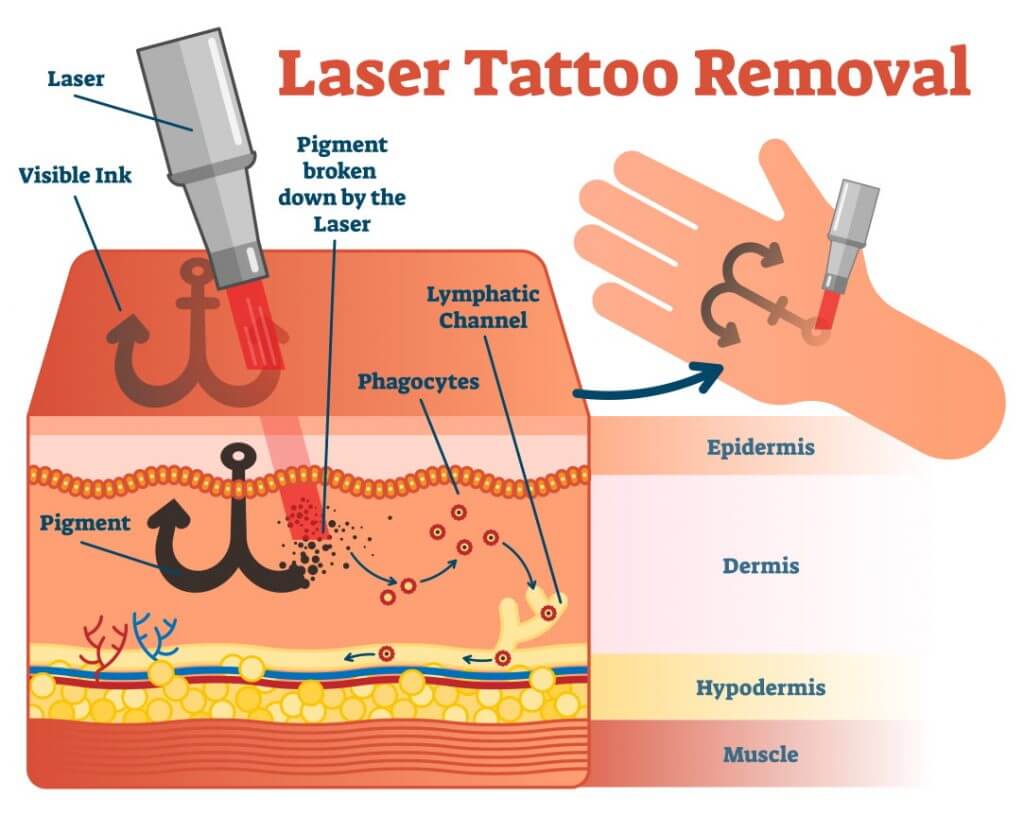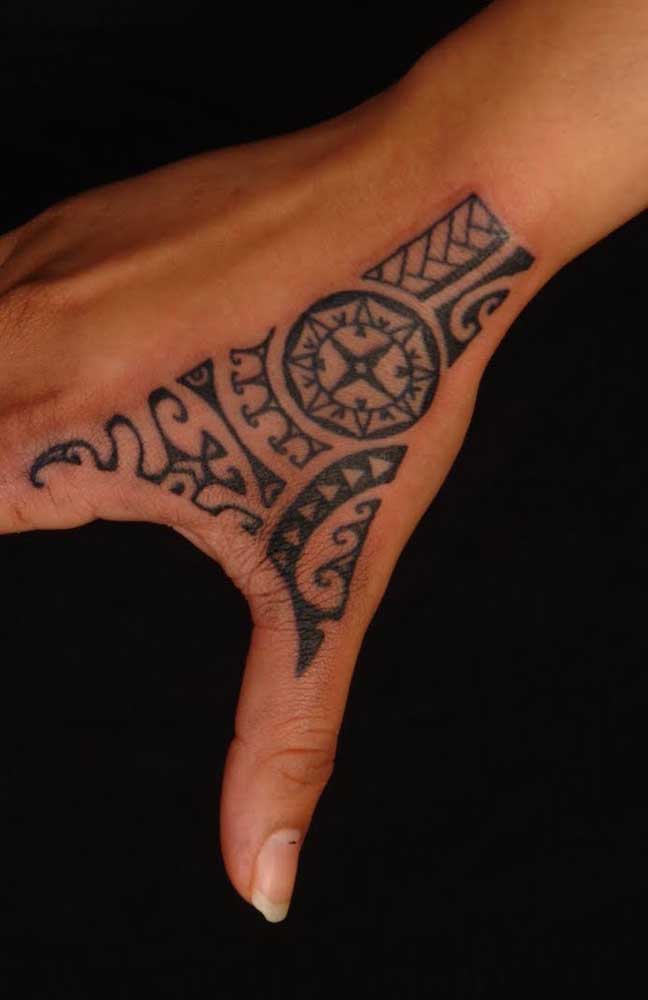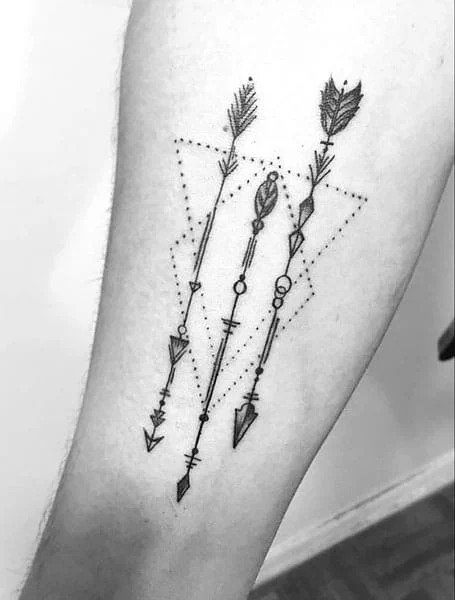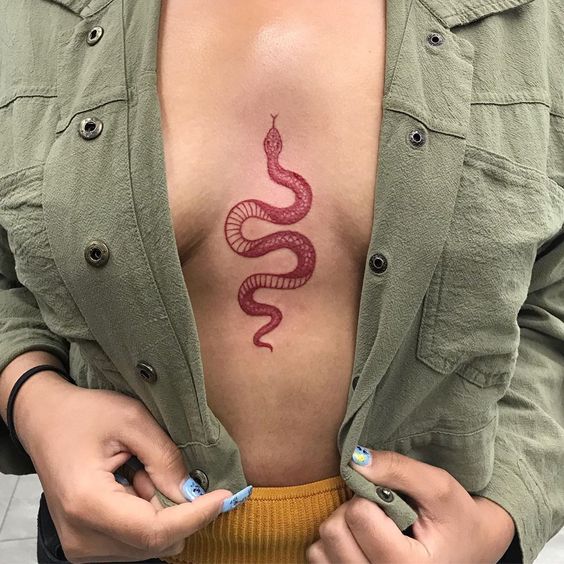Tattoos, now considered a mainstream cultural phenomenon, have a history spanning thousands of years, with the earliest known tattoos dating back over 5000 years. Tattoos are the visual narratives of our lives – they symbolize love, loss, daring decisions, and memorable adventures. However, if you find yourself with a tattoo that no longer resonates with you, rest assured, you’re not alone.
While getting a tattoo can be impulsive, the process of removing one requires more time and resources. Thankfully, advancements in technology have not only made tattoo removal more effective but also more accessible and affordable than ever before.
Before embarking on the journey to remove a tattoo from your past or make space for a new one, there are important considerations to keep in mind.
The Science Behind Laser Tattoo Removal
Laser tattoo removal operates on the principle of breaking down the pigment in the skin. A laser emits a specific light wavelength at the target area, fragmenting the pigment particles into smaller pieces. Over a series of treatments, these particles become inconspicuous, with minimal damage to the surrounding skin.
Though various methods exist for tattoo removal, laser treatment remains the most popular, while surgical removal has become increasingly rare. Older methods like chemical peels and dermabrasion, known for high scarring rates and adverse side effects, have largely been replaced by lasers.
The success of laser treatment combined with whitening procedures depends on the tattoo’s location and pigment type. Achieving complete removal typically requires 10 to 20 laser sessions, but even then, absolute satisfaction isn’t guaranteed.
Numerous factors influence how a tattoo responds to laser treatment, including its age, condition, amateur or professional origin, location, and pigment type. Consultation with a dermatologist is essential as each case is unique.
Managing Expectations
It’s crucial to manage expectations. A friend’s experience of complete tattoo removal in just two sessions may not apply to everyone. The number of sessions and time required depends largely on the tattoo’s color, with black tattoos traditionally being easier to remove. However, advancements in laser technology have made blue and green tattoos more manageable.
To minimize scarring and pigmentation changes, protect the treated area from the sun before and after treatment. Tattoo removal can be uncomfortable, but for those who’ve endured the pain of getting inked, it’s bearable. Special creams and ice can alleviate discomfort, and local anesthetics are available for sensitive areas.
Post-treatment, expect redness, swelling, and possible scab formation. If you plan to replace an old tattoo with a new one in the same area, allow time for the skin to heal, typically one to four weeks depending on the location.
As with any medical procedure, tattoo removal has its risks, including scarring and lasting pigmentation changes. Selecting the right laser wavelength and pulse duration and ensuring the procedure is performed by experts are crucial. However, certain health conditions and medications may preclude laser treatment.

Tattoo removal is more accessible today, but it can still be expensive. Costs can reach several hundred dollars per session, so careful consideration is vital. Research and consult different clinics and specialists before proceeding.
Remember, tattoo removal is an investment in time and money, so prioritize safety and quality if you decide to go through with it.














